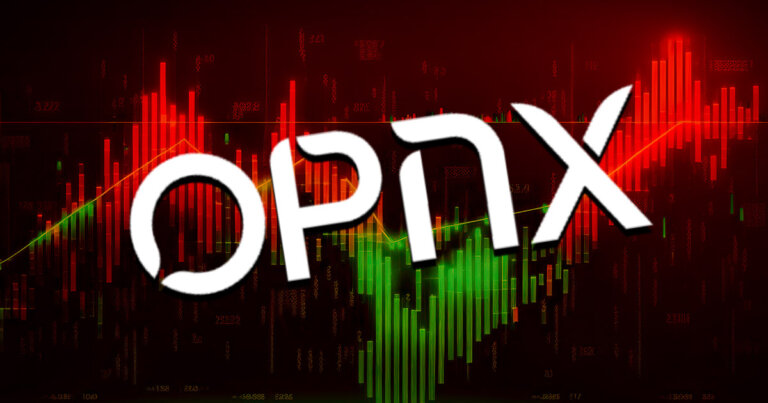 3AC founders are back with OPNX exchange’s tokenized bankruptcy claims
3AC founders are back with OPNX exchange’s tokenized bankruptcy claims 3AC founders are back with OPNX exchange’s tokenized bankruptcy claims
The crypto community voiced skepticim over Kyle Davis and Su Zhu's plans to tokenize bankruptcy claims.

Cover art/illustration via CryptoSlate. Image includes combined content which may include AI-generated content.
Three Arrows co-founder Kyle Davis explained the business model of the soon-to-launch OPNX exchange, sparking skepticism from the crypto community.
Davies and Su Zhu met at Columbia University, founding 3AC in 2012. The firm operated as a crypto hedge fund, borrowing billions to fund its trading activities.
Following the USDT de-peg and subsequent market-wide liquidity drain, 3AC could not meet its margin calls and filed for bankruptcy in July 2022. Court filings showed creditors are owed $3.5 billion.
However, in January, it emerged that the duo, in conjunction with the CoinFLEX exchange founders Mark Lamb and Sudhu Arumugam, were seeking $25 million in seed money for a new exchange.
CoinFLEX suspended user withdrawals in June 2022 following a questionable arrangement with Roger Ver. The Bitcoin Cash co-creator backed his CoinFLEX margin account with a “stringent personal guarantee.”
Ver’s losing trades were not closed on the understanding that he would top up the account. The exchange is seeking to recover $84 million from Ver.
3AC founders not done
On March 7, the Twitter account @DefiIgnas posted a screengrab from the OPNX landing page, stating the $25 million funding had been raised. The landing page asked if readers had money stuck on a bankrupt crypto platform, followed by the company’s pitch:
“Immediately unlock the value of your claim by trading it into crypto or using it as collateral on OPNX.”
Following the post, @DefiIgnas said Davies had contacted him, explaining OPNX’s collateral system and tokenomics. Relaying this information to his followers, @DefiIgnas said over 20 million people had been affected by the spate of crypto bankruptcies, with an estimated $20 billion owed.
In essence, OPNX intends to tokenize bankruptcy claims and enable trading of these tokens on the exchange’s order book.
U.S. citizens are excluded, and participants must pass KYC requirements. Furthermore, it will run on a closed-loop system, with users unable to withdraw the tokens “to avoid the risk of tokens interacting with Americans” as “US citizens are not allowed.”
Platform users can trade perpetual futures using their bankruptcy tokens as collateral. However, direct lending and borrowing are off the table.
OPNX will acquire CoinFLEX’s assets, including the FLEX token, which is set to become the exchange token.
FLEX holders will benefit from using it to pay fees, and it may be used to incentivize onboarding new clients. The team is considering a rebranding of the token.
The crypto community is skeptical
Community feedback voiced general skepticism on what OPNX is trying to achieve.
One user said, “it sounds like a useful product,” but given 3AC’s reputation, “I’ll never support them.” Another doubted whether Davies and Zhu could pull off such an audacious plan, which, in his view, inevitably leads to failure.
In addition, there are doubts about collateralizing bankruptcy claims, such as discrepancies between the face value of the claim and what the user will likely get back. Similarly, questions arise on whether bankruptcy claims can be made fungible.































































